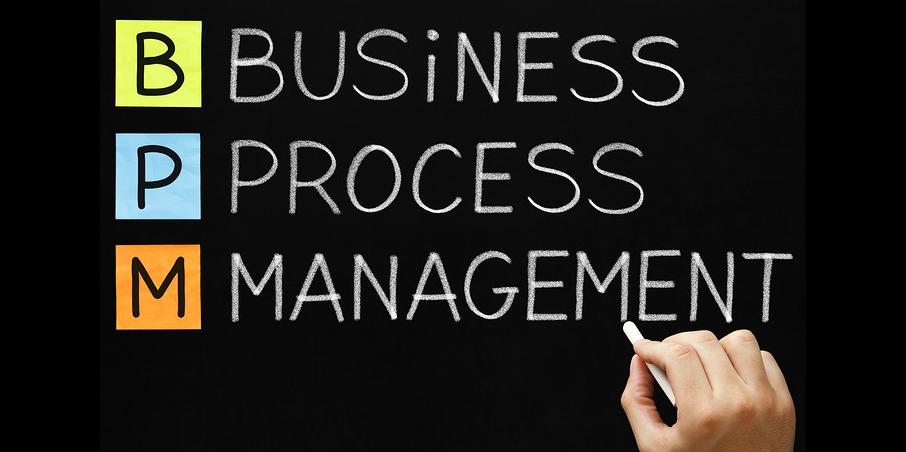In the present era of information technology and software automation, Business Process Management (BPM) has become a new buzzword. Several leading software industry analysts, who actively recommend business process automation solutions, are quick to point out to the huge opportunity BPM presents. As can be seen, there are immense benefits of BPM implementation, some of the top benefits include extensive cost savings, reduction of manual effort. And automation further allows your business to effectively target improvement and growth of specific business processes.
When everyone in your organization agrees for BPM implementation, and you’re about to kick start the implementation process, there are two famous rules coined by Bill Gates that needs to be adhered to:
Rule 1
“The 1st rule is that the automation applied to any efficient operation will magnify the efficiency.”
Rule 2
“The 2nd rule is that the automation applied to an inefficient operation will magnify the inefficiency.”
The above two rules highlight how important it is to implement process automation correctly. It is essential to understand that technology can be simply used as an abler that can enhance a business process to greater heights. New technologies can help businesses to create faster and efficient business processes, provided these are used effectively. In the below blog, we will learn how several businesses end up making common mistakes, while implementing BPM processes.
Top 5 – Build Flexible Systems
Many people believe in “doing it right, at the first time itself”, but it is often unrealistic in our complex business environments. Our idea or focus should always be to build a flexible system, which can be quickly adapted to the rapid changes in our business requirements.
Top 4 – Cost Cutting
The primary objective or goal of your BPM implementation strategy should never be to reduce your headcount. Employees in your organization will eventually figure this out and may start resisting or act as bottlenecks in the process automation, which would hinder all your efforts and have a negative impact on the morale of your employees.
Top 3 – End user Satisfaction
Ignoring end user is a recipe for disaster, when an organization decides to implement a BPM solution, the end user’s needs and priorities should be given paramount importance. If the re-designed or newly automated process does not succeed in improving the end users overall experience, then it is most likely fail.
Top 2 – Silo Thinking
Silo thinking in an organization can limit its ability to succeed, it would also hamper the overall growth of an organization. In any given organization, there are several functions that need to work in tandem and contribute towards business process improvement and unless they start actively contributing, it is unlikely to create a value to either the organization or the customer.
Top 1 – Lack of Business Understanding
Business understanding is an important aspect of BPM implementation. It can be a really poor strategy to configure your software too early, well before the business process has been thoroughly studied and re-engineered.
Conclusion
Automation failure is a common mistake that can take place in any organization. A poorly defined or substandard business process, when automated will simply end up on the wrong track. On the contrary, if a BPM process is implemented in a planned manner and followed by an exceptional change management procedure, it can yield tremendous benefits to your end users, employees and the organization as a whole.
Author
 |
Aravind Kumar Basava was a Business Analyst at Evoke Technologies. He interacts with clients’ to understand their business needs, gather and analyze business requirements, effort estimation, organize RAD sessions, brainstorming sessions, and quality management activities etc. |





4 Comments
Thanks Andy for sharing your thoughts. As rightly pointed out, the individuals at the top of the ladder have a very crucial role to play in effective implementation of BPM practice.
Hey Arvind, nice article…in fact a practical sight of reality!
I would also like to add 2 things to this discussion:
1. #3 END USER SATISFACTION- It should be in the core of every business that it is because of the customer that the organization exists. So, KEEP CUSTOMER FIRST should always be in the goal tree of every org. Every process is bound to fail if there is incorrect understanding of Customer Requirements(CR)
2. Till the time even the employee at the lowest level is not involved into this concept of RIGHT FOCUS, even the management at the top most level with fail to successfully get the intended result
Thanks Sagarika for your comments. Well, I certainly agree with your 1st point that end-user satisfaction is a key factor for any business to be successful. Lack of understanding of the end-user requirement can cost organizations dearly, even if you develop an extremely sophisticated system.
With regards to your 2nd point vis-à-vis involvement of the root-level employees, it is also an important factor. As a business analyst, during the process discovery phase, we should touch base with all process users across the organization to get a clear understanding of the existing process. This allows us to frame a better to-be process, which can clear most of the bottlenecks in the current process, leading to a better outcome.
Thanks for sharing the post. These are really good tips for someone who has little clue on what factors should come into play while implementing BPM . I really appreciate your advice.